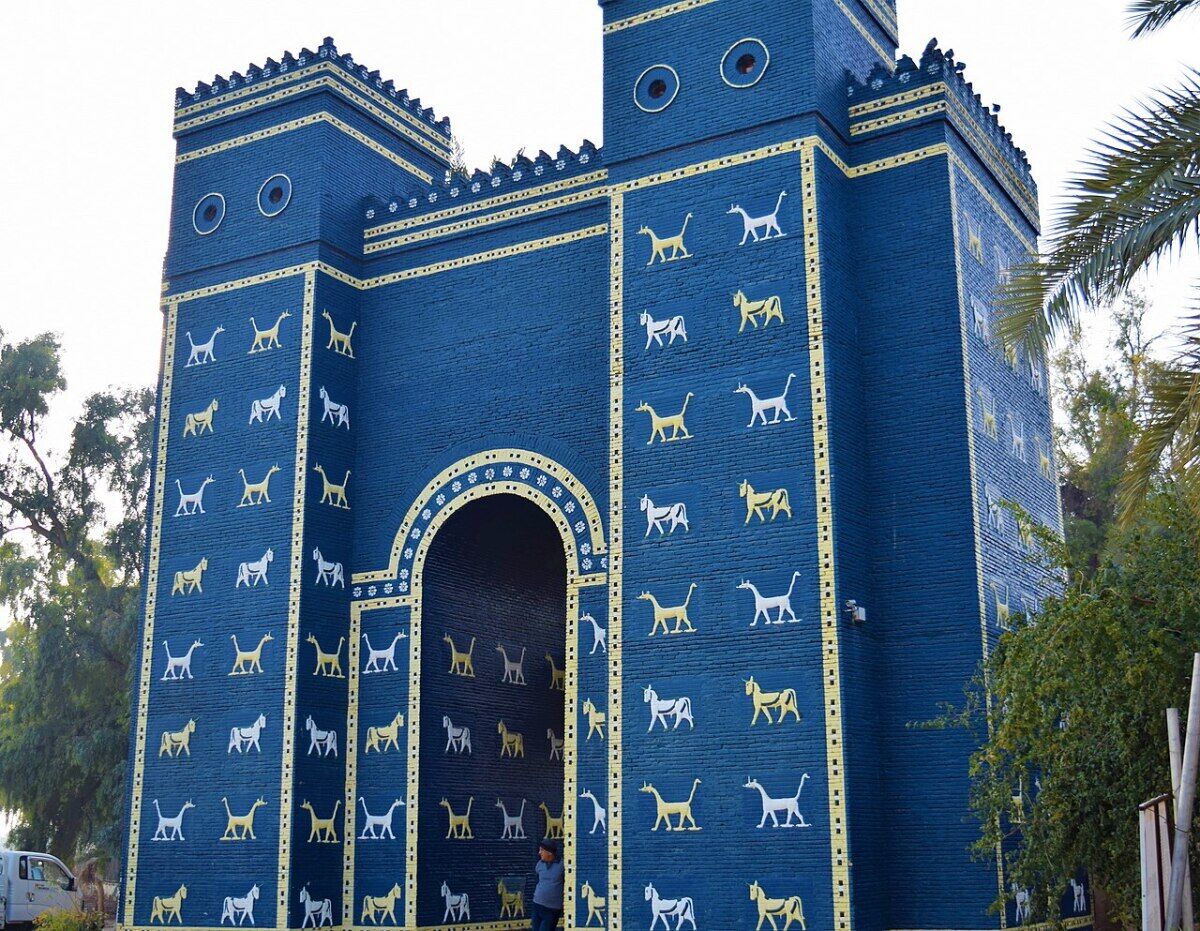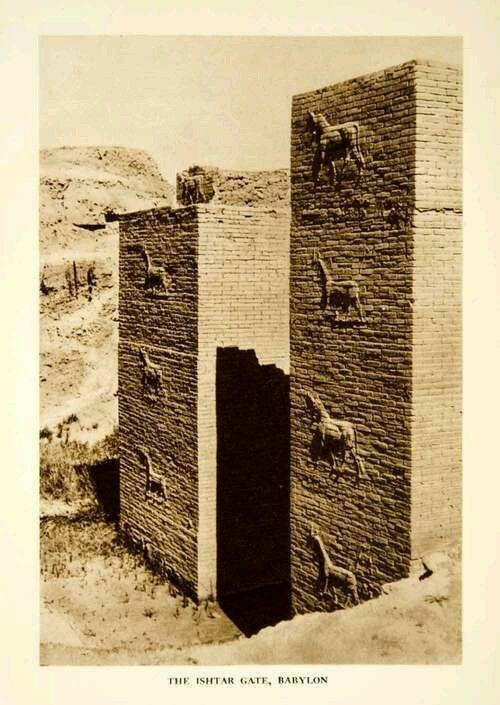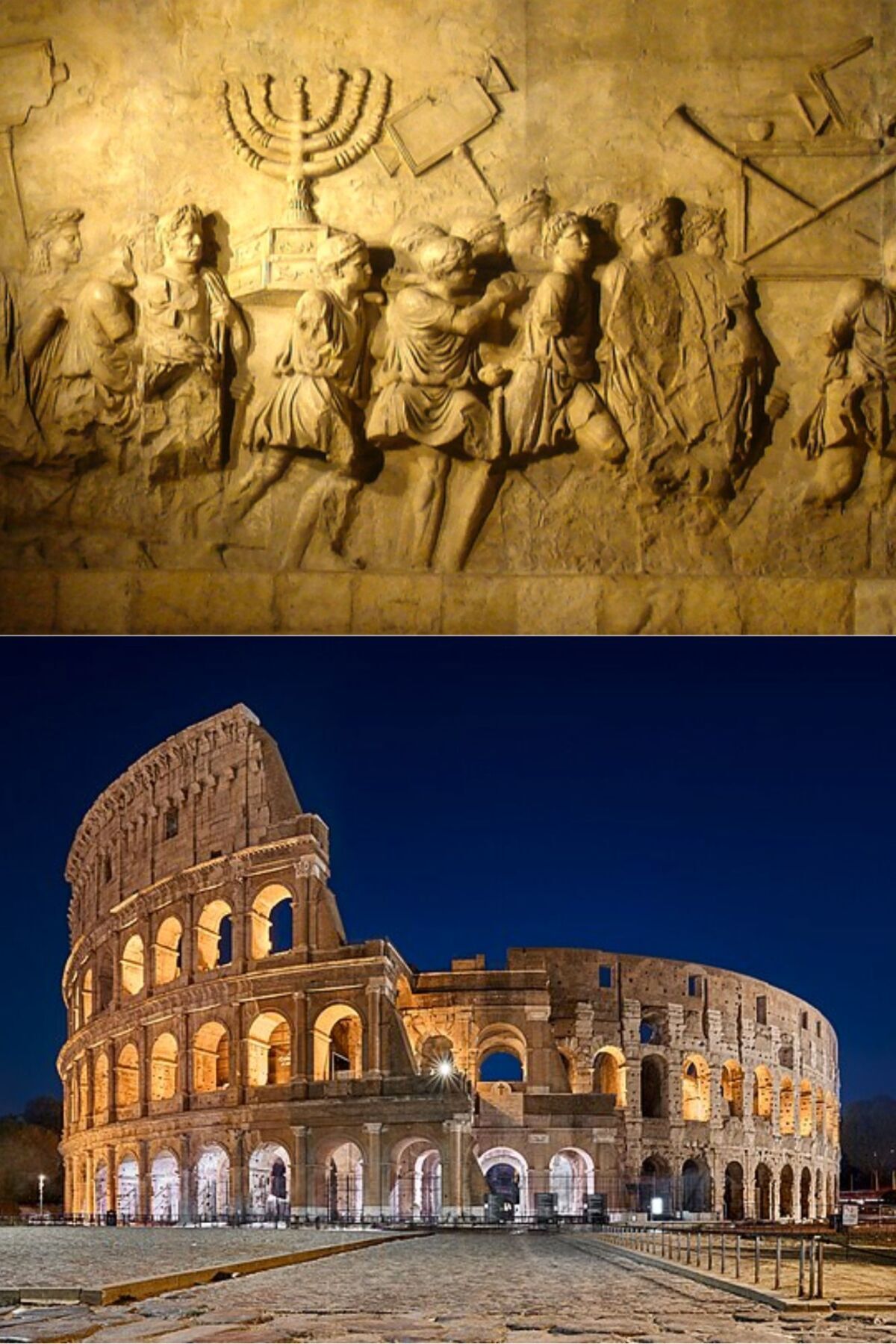The Ishtar Gate—Built With Plunder From Jerusalem?
Babylon was the mightiest city of the ancient Near East. Hanging gardens and grand ziggurats lined the bustling streets. Temples and palaces stretched near the banks of the Euphrates River, which flowed through the booming metropolis.
An ancient traveler would have been awestruck by Babylon before even entering the city. One of Babylon’s most prominent architectural wonders was its largest gate–the Ishtar Gate. This gate, an imposing mass of mudbrick, was glazed in cobalt oxide, making it a rich, deep blue. It was decorated with symbolic depictions of bulls and dragons.
Nebuchadnezzar ii is well known as the master builder of Babylon. Thousands of bricks from the ancient city bear his name. He was also known for conquering Judah and destroying Jerusalem. A study published in January 2024 in plos one gives insight into the construction of the Ishtar Gate and how it may connect to the destruction of Jerusalem.

The Ishtar Gate was built in three efforts. Though an earlier gate stood in the same location, the construction of the Ishtar Gate was begun by Nebuchadnezzar ii, as evidenced by bricks from the original construction layers that bear his name. Nebuchadnezzar also wrote of his efforts, “With the filling of Babylon’s street, both of the city walls’ entrances (at the Ishtar Gate) became increasingly low. I cleared away those gates; I laid their foundation opposite the water with bitumen and baked bricks, and I had them artfully made with shining lapis lazuli baked bricks on which wild bulls and mušḫuššu-dragons were created. … I filled those gates with splendor for the wonder of all people” (“East India House Inscription,” Langdon, 1912).

It had been unknown whether the other two layers were also built by Nebuchadnezzar. “While it was clear that phase i of the gate was indeed built by Nebuchadnezzar ii (its bricks are inscribed with his name), the chronology of the other two phases was rather ambiguous, with suggestions ranging from no significant chronological gaps to the option that the later phase(s) were constructed after the reign of Nebuchadnezzar ii,” the January 2024 report reads. This was one of the primary issues the report sought to investigate.
The research revolved around an archaeological technique called archaeomagnetism, the study and interpretation of the magnetic properties of archaeological baked materials. Earth’s magnetic field has fluctuated with time, and its corresponding pattern was recorded into pieces of clay when they were fired, a process called “thermoremanent magnetization.” (For more on this archaeological research technique, read “Breakthrough New Geomagnetic Research ‘Reveals the Truth Behind Biblical Narratives’.”)
The study found remarkably similar magnetic patterns in bricks from the three construction layers, indicating that they were all built around the same time. The report says, “The statistical similarities of the magnetic results from all three phases strongly support the former option, i.e. that all phases were built during the reign of Nebuchadnezzar ii and very close to each other, probably one immediately after the other.”
Even more importantly, they were built after Nebuchadnezzar’s final conquest of Jerusalem in 586, rather than anytime at the beginning of his reign which began in 605 b.c.e. The report concluded that the most likely date for the construction of the gate was around 569 b.c.e. “This proposed date for the construction of the gate supports the suggestion that the gate complex was built after the successful Babylonian campaign to Judah and Jerusalem in 586 b.c.e.,” the report concluded. “However … we should assume a certain chronological gap between the two events.” The authors assume the chronological gap because archaeomagnetic data from Jerusalem’s destruction in 586 is different from the bricks in the Ishtar Gate.
Jerusalem was a large and extremely wealthy city, boasting such wonders as Solomon’s temple. Sacking Jerusalem would have brought an influx of wealth to Babylon. Nebuchadnezzar very well could have planned and executed the upgrade to Ishtar Gate as a celebration of this grand achievement.

In fact, this wouldn’t be without historical precedent. Jerusalem was again sacked in 70 c.e. The second temple was looted, along with all of the other wealth of the city. Vespasian, the general who initially oversaw the military campaign against the Jewish revolt, became emperor in 69 c.e. Josephus said that Vespasian and his son Titus’s triumph through Rome had gold and silver flowing through the city streets like a river. Vespasian and Titus (who would also become emperor) used this wealth to construct what they called the Amphitheatrum Flavium. Today, we call it the Colosseum. It is one of the most monumental buildings attesting to the power of ancient Rome, and it was funded by wealth looted from Jerusalem. Construction on the Colosseum began a few years after Jerusalem’s fall and was completed more than a decade later. Vespasian and Titus may have acted very similarly to the man who Daniel 2:38 describes as the head of gold above all world empires—Nebuchadnezzar ii—who may have also built the Ishtar Gate with the wealth of Jerusalem.
Speculation aside, archaeomagnetic research has helped establish ancient chronology regarding biblical events. It is also helping support biblical history. In Daniel 4, Nebuchadnezzar ii boasted, “Is not this great Babylon, that I have built for the house of the kingdom by the might of my power, and for the honour of my majesty?” He was proud of his architectural feats, and few were more grand than the Ishtar Gate. This report helped confirm that Nebuchadnezzar ii did build all three layers of the Ishtar Gate after plundering wealth from the Bible’s most prominent city: Jerusalem.